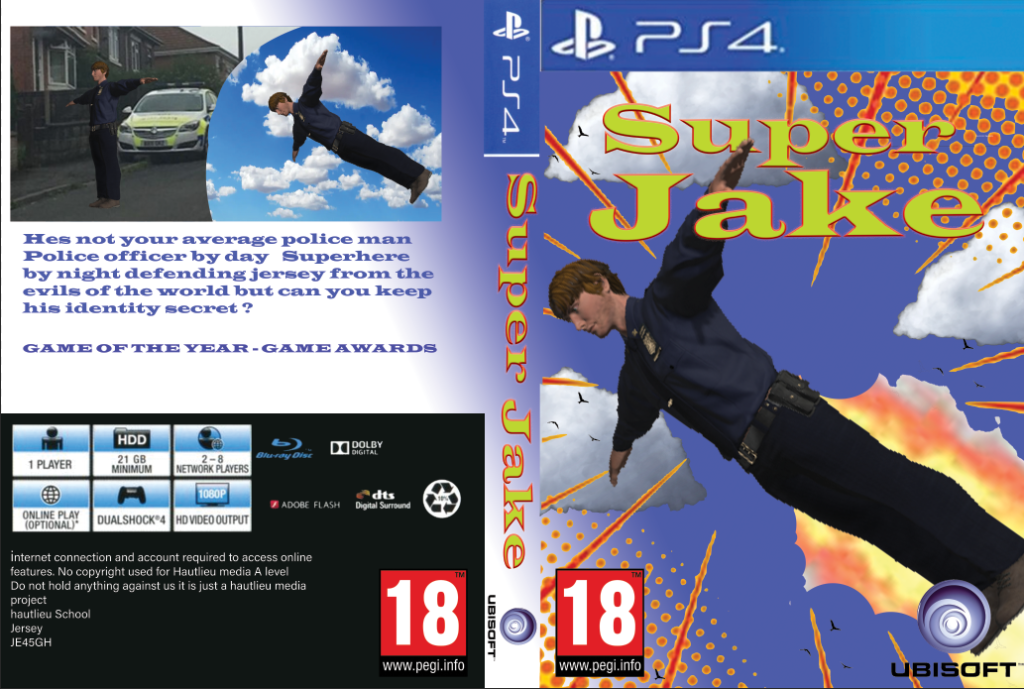- Statement of intent
My interview is about my grandmother who goes swimming every day in the sea and has done for years and the aim of this interview was to tell people about what it is like and the benefits to your health and other things including the community and a healthy habit. It is also to try get other people involved and starting to swim there self as she feels there are no negative effects and is such a good thing for you to start.
How did it follow style model? –
I feel that I followed my style model well by using similar colours to the magazine like text and hard lines and other design features I also copied the layout off size of paragraphs and placement and size of images as I really liked the design of my chosen style model and felt it looked good so tried to copy its design to be exactly like it, I feel like I could have done better the text itself and its size and font
Representation / content –
I feel that I represented my grandmother as a counter typical grandmother in a good healthy way so I feel it can be read and you will see something you don’t hear every day about grandmothers something they normally wouldn’t all do I wouldn’t say it is so radical no one would believe but just not as common as some things
What kind of company would make your product? –
I think that potentially a swimming magazine or fitness kind of magazine could produce this in order to show people who have access to the sea to start swimming more often maybe aimed at slightly older people or adults who have the time and transport to do this but it could really be for all ages










